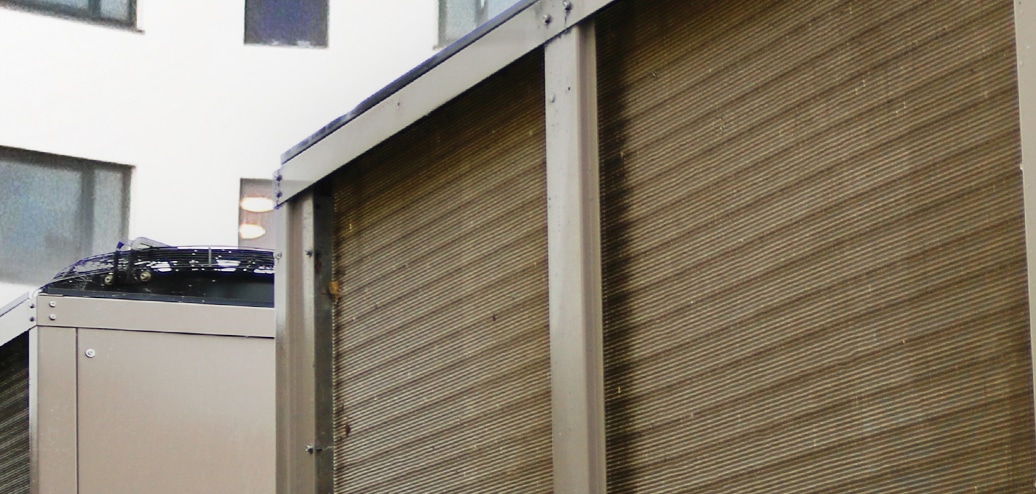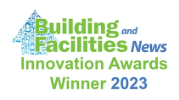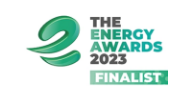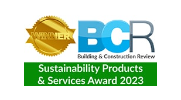As the government pushes for rapid adoption of net zero, the brunt of early development will inevitably fall to the government-funded public sector, in the latest policy paper, the government has outlined a strategy for education estates to address climate change and sustainability.
The government has set a vision for the United Kingdom to be the world-leading education sector in sustainability and climate change by 2030. To achieve this will require education to play a positive role in responding to climate change and inspiring action by supporting the delivery of the government’s 25 Year Environment Plan and Net Zero Strategy.
The strategy applies to the Department for Education (DfE), its agencies and public bodies, as well as early years schools (and independent schools where applicable), further education, higher education and children’s social care. The strategy commits to encouraging children to be close to nature both in and out of school, whilst legislating to meet net zero by 2050 placing a restriction, through legally binding carbon budgets, on the total amount of greenhouse gases the UK can emit over a 5-year period. In the latest, Carbon Budget 6, the UK legislated to reduce emissions by 78% by 2035 compared to 1990 levels.
Strategy For Education Estates: Aims
The government’s vision for the education sector is based on delivering four strategic aims:
- Excellence in education and skills: through learning and practical experience prepare skill base for delivering a more sustainable future
- Net zero: by reducing direct and indirect emissions from education buildings and providing opportunities for students to engage practically in the transition to net zero
- Resilience: adapting education buildings and systems to be resiliently prepared for the effects of climate change
- A better future environment: enhancing biodiversity, improving air quality and increasing access to nature in and around education settings
Whilst the government has set out a broad holistic approach to addressing sustainability and climate change across the education sector, a considerable portion, through net zero and the need for resilience, directly addresses the buildings within the education estate.
Strategy For Education Estates: Where To Begin?
To reduce energy usage and achieve legal targets for carbon emissions the education sector needs to get a better understanding of the scale of the problem. Schools and universities represent 36% of total UK public sector building emissions with costs being both significant and on the rise. Financial benchmarking shows schools alone were spending around £630m per annum on energy in 2019, with costs rising subsequently.
Adapting existing buildings and designing new ones to respond to climate change and reduce emissions presents a significant challenge. By standardising reporting for decarbonisation and climate resilience the government aims to develop evidence-based actions to support a reduction in energy demand and help adapt buildings to climate risks through innovation in construction that also deliver capital and operational savings. With increased legislation on net zero, consistent reporting will become a necessity. The government’s Net Zero Strategy commits to legislate reporting of emissions if insufficient progress is made voluntarily. It has committed to working with BEIS in the development of guidance on monitoring and reporting for the education sector
This reporting is set to include published risk assessments of overheating of the education estate, to be reviewed on an annual basis from 2023, and on-site emissions from the education estate, baselined by 2024, and progress against national targets published from 2025 onwards. The reports should directly address the requirements of net zero, climate adaptation and decarbonisation activity within education buildings.
This activity is also seen as a way to enhance and contextualise valuable learning opportunities. Through participation, pupils should gain insight into the implementation of climate adaptation measures, learn how buildings can be designed for net zero, and better understand the impacts of energy and water use.
The government’s focus for education estates through until 2025 will involve evidence gathering and reporting on the various new technologies, innovation in sustainable building design, retrofit, and building management to supply further guidance alongside that already to help public sector organisations achieve net zero. Once a best value for money approach is decided upon the process of investment will accelerate.
Strategy For Education Estates: Existing Buildings
The building energy efficiency survey indicates that approximately 60% of energy use in education settings is associated with high carbon intensity fuels such as natural gas, coal and oil. Reducing demand for heating and hot water use, and/or delivering via more sustainable means is a critical need.
For existing buildings, the strategy begins with further trials of smart meters and energy management systems that can help reduce usage and operational costs. Improved collation and use of data on energy usage, water and heat will help to drive individual settings for education buildings. Current delivery of Energy Management Systems in schools which will provide real-time information about energy usage, enabling evidence-based decisions and wider advisory of setting to improve energy efficiency. This is designed to enable Climate Action Plans to be put into place to inform government on the implementation of decarbonisation strategies.
One approach is to address sustainable heating and hot water by providing off-site manufactured, low-carbon, heating systems on the existing school and college estate. These ‘Energy Pods’, similar to Adveco developed packaged plant rooms, are viewed as a potentially strategic approach to safely deliver sustainability for the education estate.
This year the government has also committed to testing the feasibility of replacing school boilers with ground or air source heat pump applications that can be upscaled to accelerate decarbonisation between 2025 and 2035 as part of a wider effort to replace fossil fuel heating systems with low carbon heating.
To support the future retrofit of the education estate and act as catalyst to the construction sector for implementing new technology the government intends to generate building technology pilots. These projects will provide evidence for mitigating the causes of climate change, investigating the resilience of existing buildings and how their environmental conditions can be improved.
Working with BEIS this year, education will be helped with accessing the Public Sector Decarbonisation Scheme, with better-aligned application processes and funding windows. By 2023, all bids for capital funding for further education and higher education will need to consider environmental impact, carbon reduction and adaptation measures, and align with the government’s targets and objectives.
Strategy For Education Estates: New Builds
All new school buildings delivered by DfE which are not already contracted will be net zero in operation.
They will be designed for a 2°C rise in average global temperatures and future-proofed for higher indoor temperatures should there be a 4°C rise. The delivery framework for centrally delivered low-carbon, climate-resilient projects was published late last year and local authorities will need to consider environmental sustainability, carbon reduction and energy efficiency when planning with basic need grant-funding rates in place to deliver these new school capital projects. From now on bids into the Further Education Capital Transformation Programme will also be assessed to determine if the new works will be net zero in operation.
The implementation of ultra-low carbon education buildings will be accelerated. By 2025 at least four schools and one college will have been built via the Gen Zero Platform that was demonstrated at COP26. Over time, all centrally delivered new-build projects are to be built using ultra-low carbon methods.
To help understand how elements of this strategy can be quickly and cost-effectively implemented visit Adveco’s education resources for schools, academies, colleges and universities or contact us to discuss options for a site assessments to give you the accurate data you need to make a more educated decision on evolving hot water systems to be more sustainable.













